I have a library and a console application that uses a library. The library has a folder with source and header files.
My project is in a child/inner directory but that library directory that I want to include is in a parent/upper directory.
My project directory:
H:\Gmail_04\gsasl-1.0\lib\libgsaslMain
Includes files are here:
H:\Gmail_04\gsasl-1.0\src
How can I use paths relative to the project directory, to include folders that are in a parent/upper directory?

